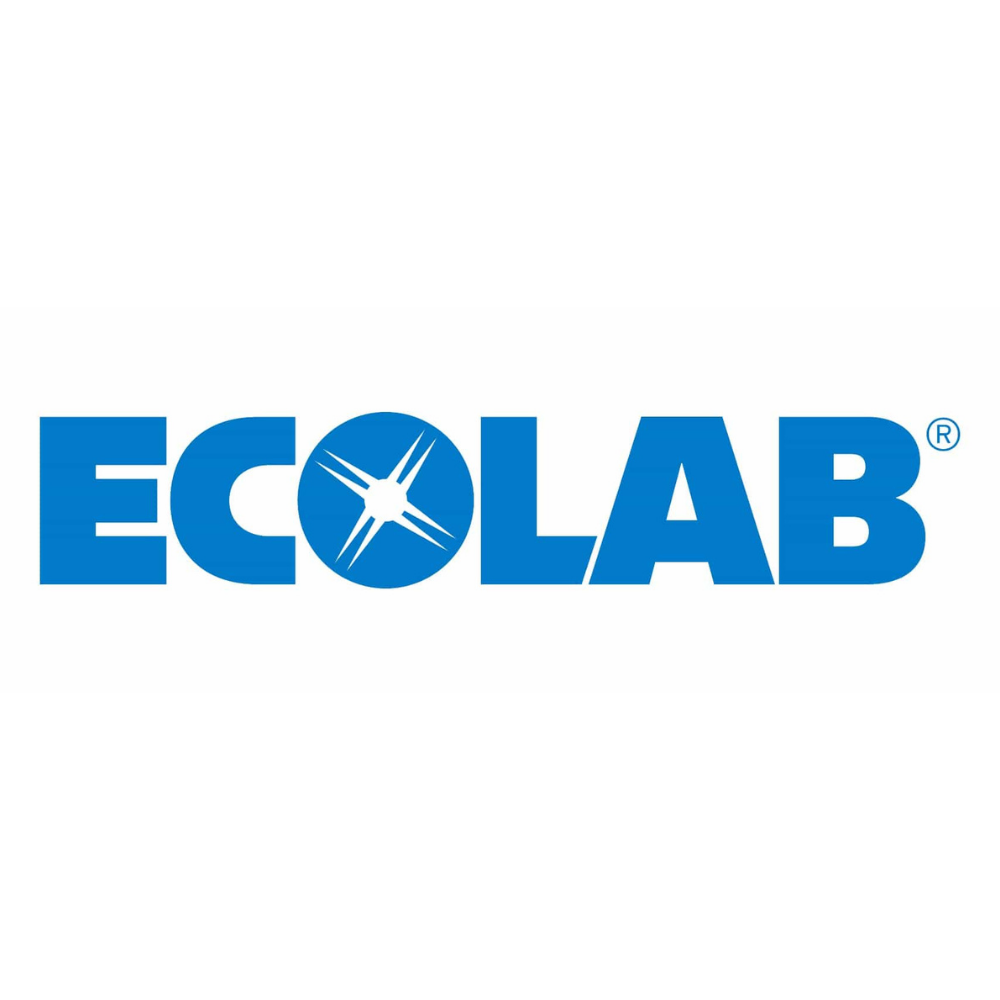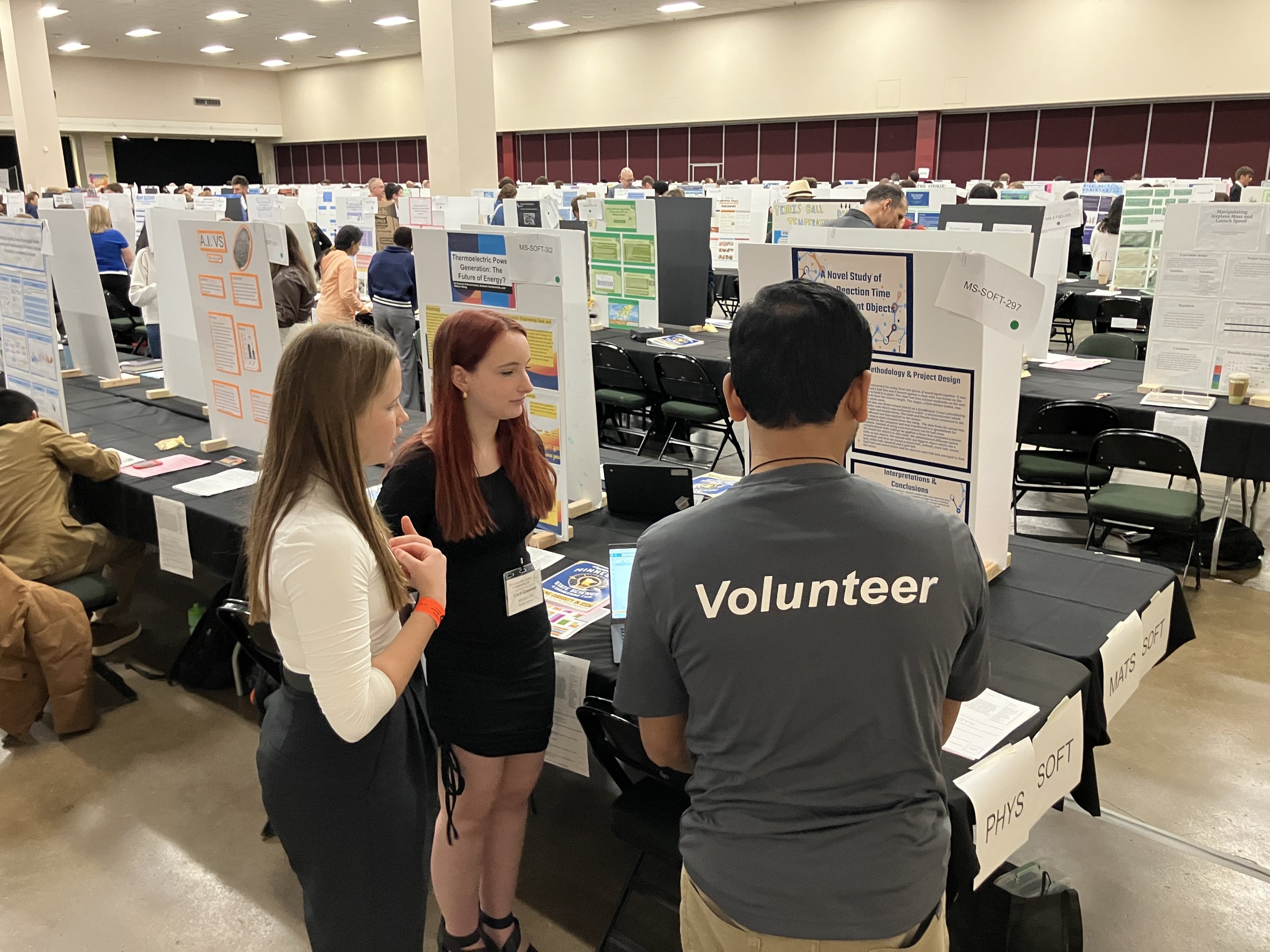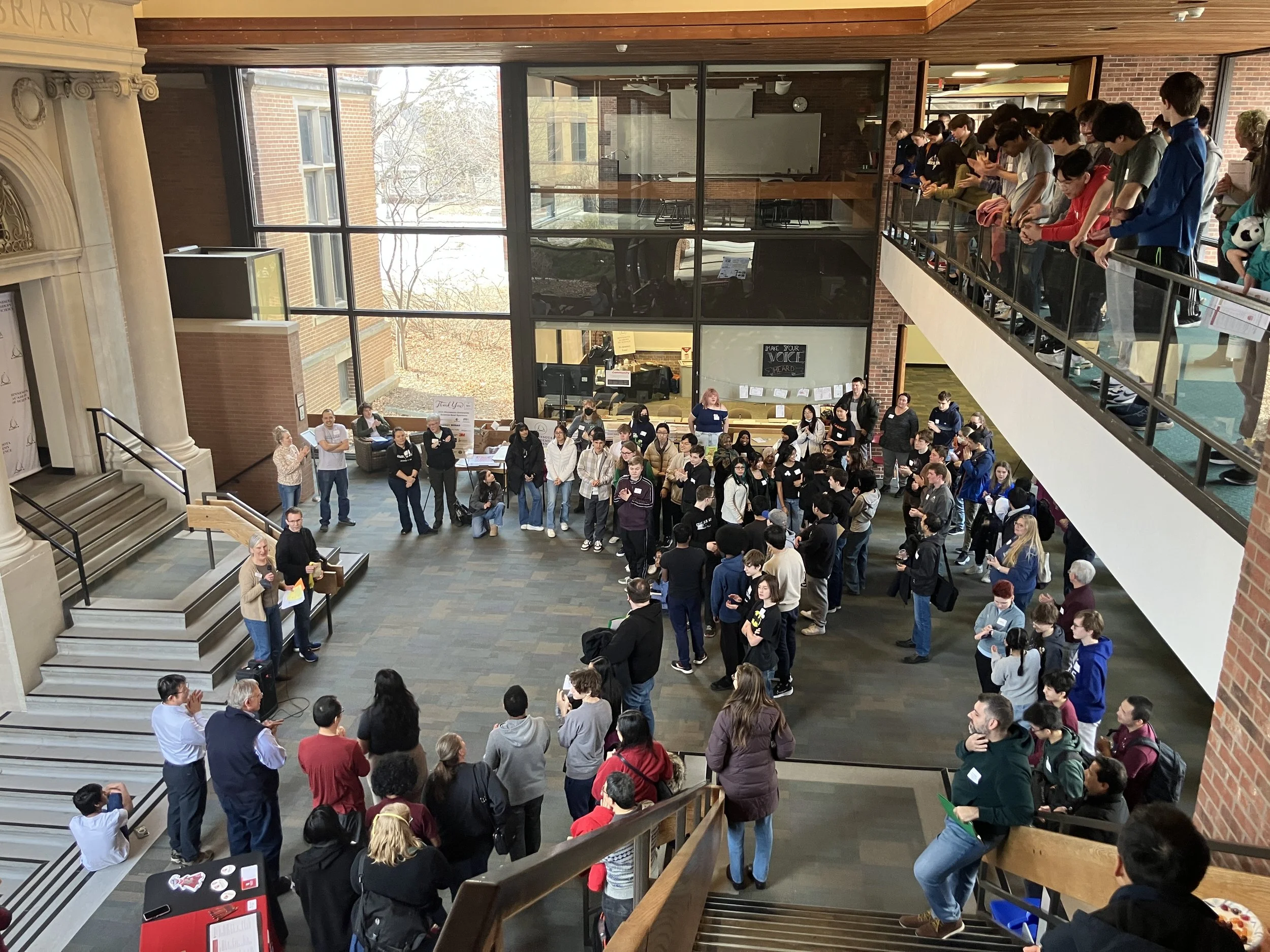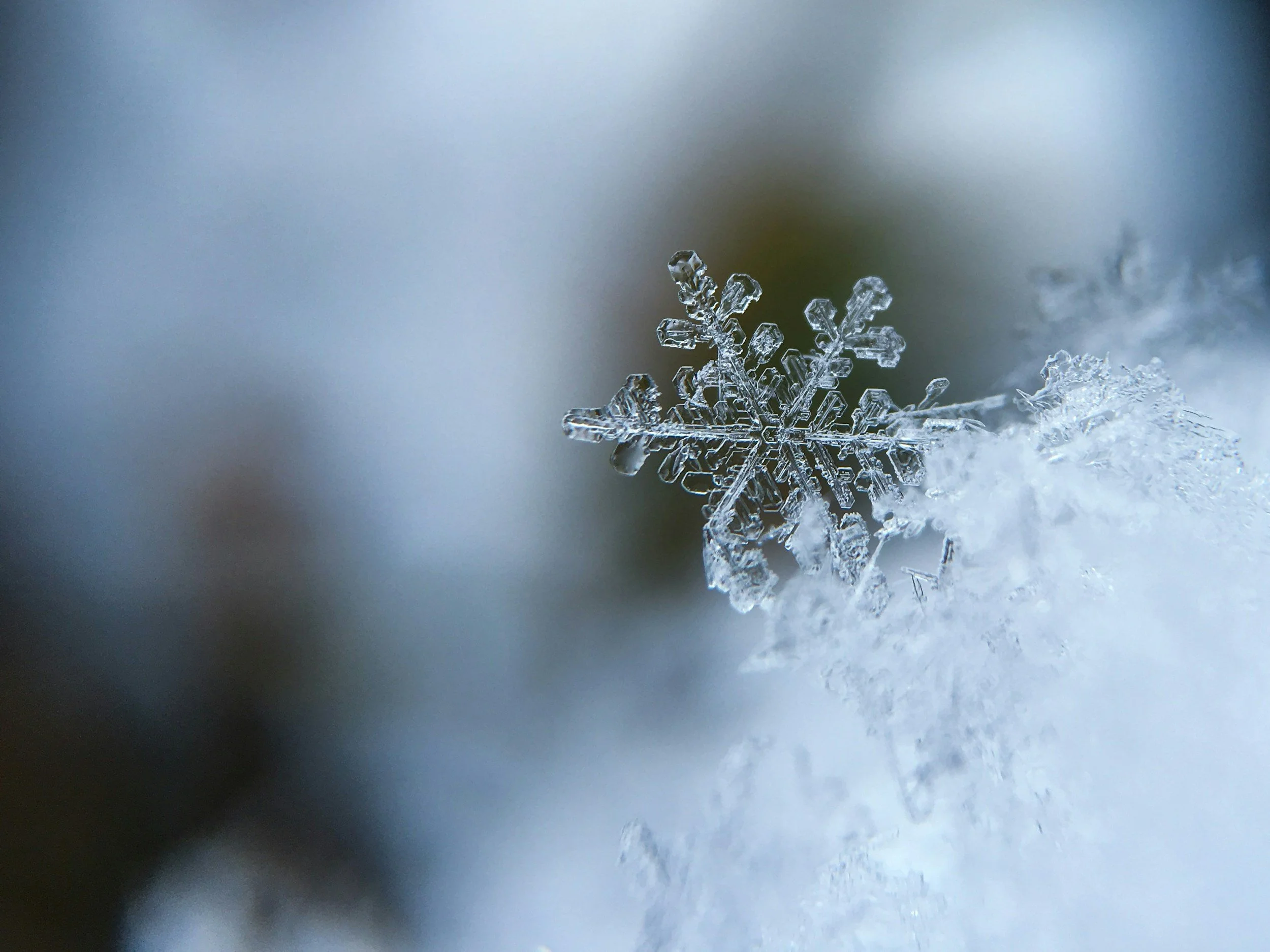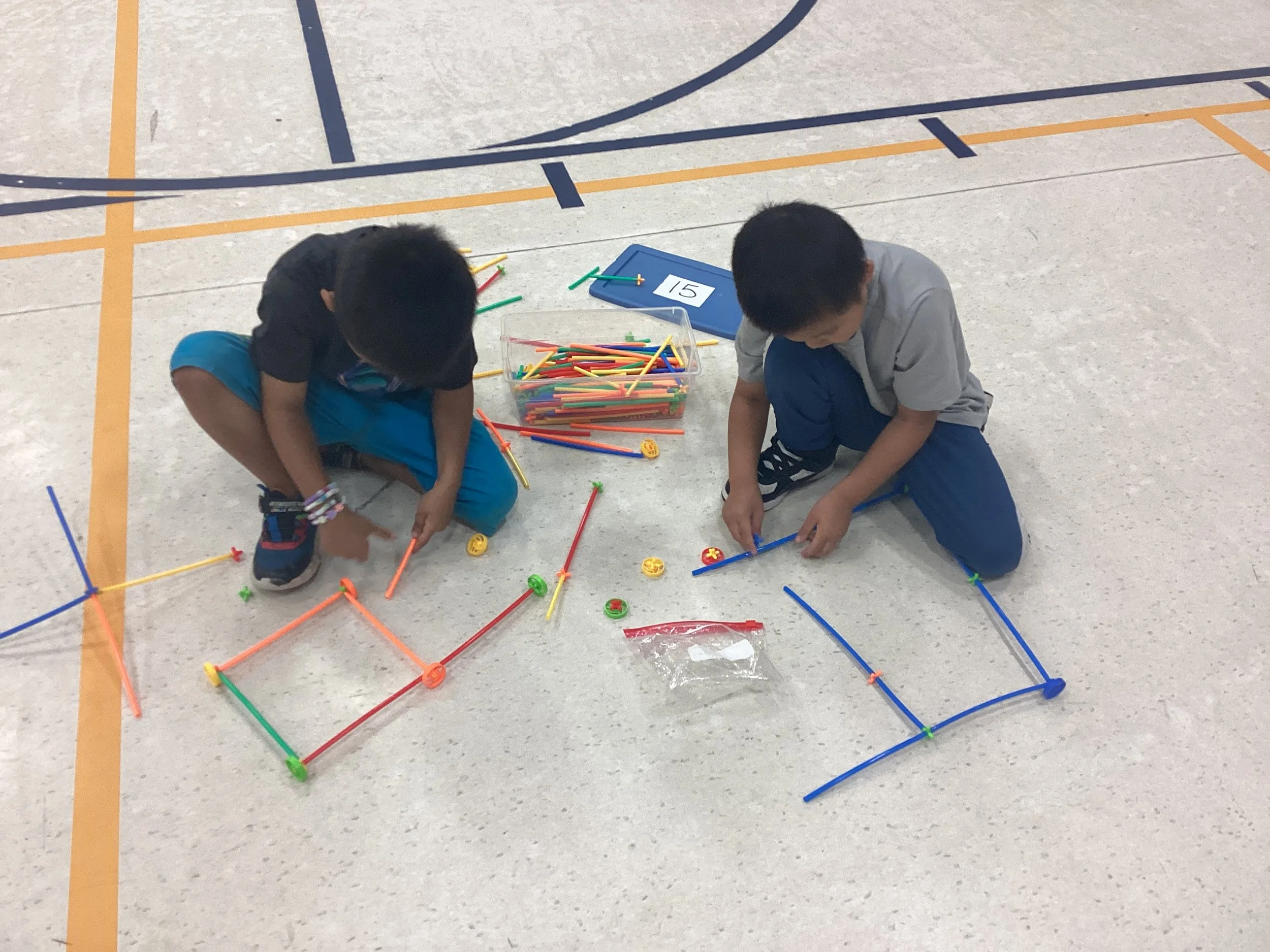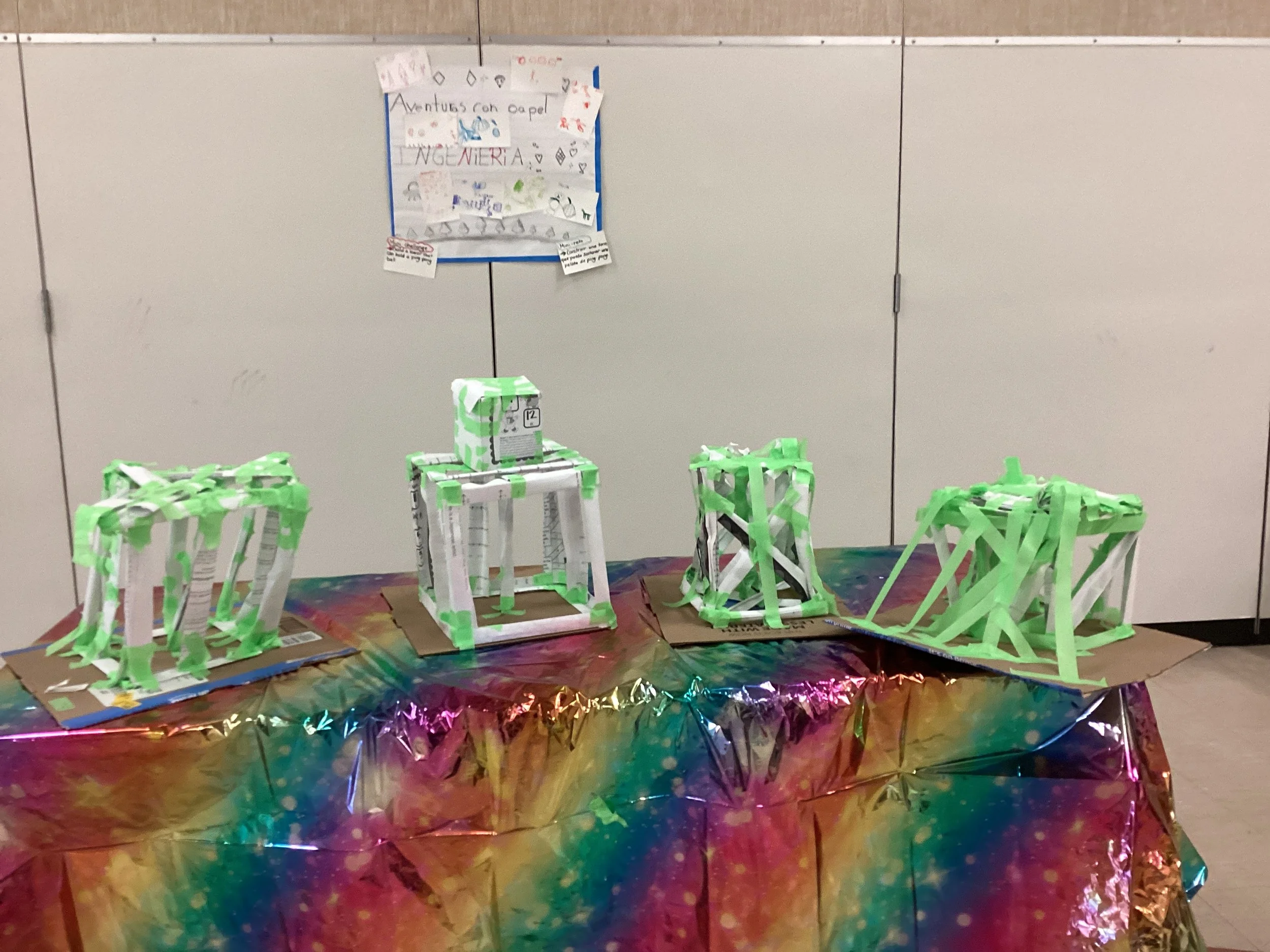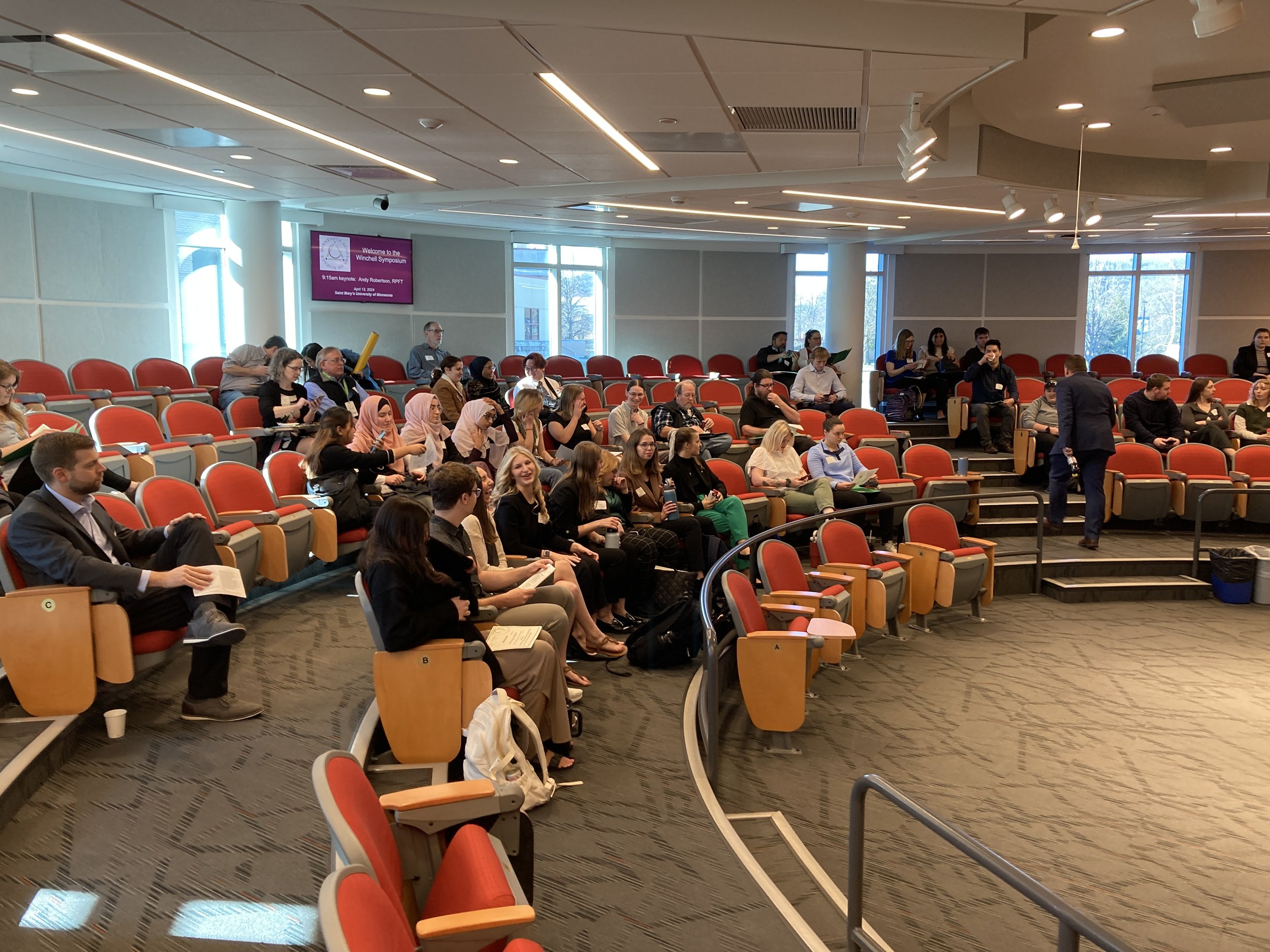Minnesota Academy of Science December Newsletter
In this issue: Science Bowl Coach Shares Tips | Minnesota STEM Coloring Pages | Support MAS' Work with Minnesota STEM Students | MN STEM Spotlight: NorthStar STEM Alliance | New STEM from Home Resources | MAS Archives 1980: Diatom Populations in the Snake River | Give to the Max Day Nets Funds for MAS Programs | Minnesota STEM News and Events
Science Bowl Coach Shares Tips
The 2021 Minnesota Regional Science Bowl is just around the corner! If you're interested in learning more about this fun, fast-paced event check out the video of our interview with Amanda Laden, an experienced Science Bowl coach from Wayzata High School. You'll learn about why she views Science Bowl as an important venue for encouraging her students' excitement about STEM, and hear more about how her teams are preparing for the annual competition in January.
Minnesota STEM Coloring Pages
Ready to relax and learn? Curl up on the couch with some freshly sharpened colored pencils (or your coloring implement of choice) and freshly printed coloring pages focused on STEM in Minnesota. Choose from these options or head to our STEM@Home page and scroll down for even more choices!
Minnesota archaeology and diatomes, from the Science Museum of Minnesota
Minnesota birds and Lake Agassiz beach ridges, from the DNR
Raptor activity books, from the University of Minnesota Raptor Center
Dakota plants of Mnisota, from St. Paul artist Marlena Myles
Freaky fungi, from the University of Minnesota Mycology Club
Support MAS' Work with Minnesota STEM Students
By including MAS in your year end giving, you are creating opportunities for Minnesota students to pursue questions they care about, share their knowledge, network with like-minded peers, and connect with STEM professionals. MAS seeks to expand opportunities and open the door to STEM majors and careers for all Minnesota students — and to engage Minnesotans of all backgrounds in STEM. To do so, we need your support.
MN STEM Spotlight: NorthStar STEM Alliance
The NorthStar STEM Alliance is an initiative funded by the National Science Foundation with the goal of doubling the number of African-American, Hispanic/Latino, Native American, Alaska Native and Pacific Islander students receiving baccalaureate degrees in STEM. The alliance is a partnership of fourteen Minnesota higher education institutions and three community partners.
MAS Program Updates
Science Bowl
Registration is open!
2021 High School Science Bowl: Saturday, January 23 (Register by 12/15 to guarantee your team's spot)
2021 Middle School Science Bowl: Saturday, February 13 (Register by 1/15)
Science Bowl will be held virtually in 2021 - watch an example of the event's format from the 2020 virtual National Science Bowl competition.
FORSE
Virtual programming is underway at our five partner schools and organizations. We are still recruiting for virtual STEM research and subject-specific mentors.
Big Thanks to Our Fall Intern
Huge appreciation to our fall intern Margaret, a student at the University of St. Thomas in St. Paul. Margaret aided us with planning and implementing our 2020 Give to the Max Day campaign. She also took the lead on designing many of our social media graphics and messages. Thanks to her help during our Give to the Max Day campaign, we raised over $6,000 for scholarships to our programs and for STEM programming for underrepresented students through our Fostering Opportunities and Relationships in Science Education (FORSE) program.
New STEM from Home Resources
Looking for a winter project? Our STEM from Home page is full of ideas. Find out how to preserve treasured household objects with the Science Museum of Minnesota collections staff.
Watch the DNR's video to learn about mammals of the St. Louis River at Jay Cooke State Park.
Join a virtual field trip of the Mighty Mississippi co-sponsored by the Center for Global Environmental Education at Hamline University.
Climate change is altering snow - find out how with this multimedia essay from WNYC, complete with instructions for documenting snow in your own backyard.
MAS Archives 1980: Diatom Populations in the Snake River
"The attached algae of a stream, like other organisms, show varying degrees of pollution tolerance among their species. Their presence or absence may indicate the condition of a particular stream over lasting periods of time more effectively than would chemical analysis. Their attachment to the bottom of the stream bed places them under continuous exposure from upstream environmental conditions, whereas, chemical analysis may only provide a momentary picture of conditions at the particular time and place of sampling."
- Donald Kaddatz & Keith Knutson, 1980. Observations of Diatom Populations in the Snake River, Minnesota. Journal of the Minnesota Academy of Science, Volume 46 No.1, 18-20. Read the complete article.
Give to the Max Day Nets Funds for MAS Programs
This year, the MAS community raised over $6,000 during Give to the Max Day! With these funds, we are able to provide 25 full scholarships for our programs and supply dozens of our FORSE students with materials to enhance their STEM learning. Thank you to everyone who donated or helped spread the word about our Give to the Max Day campaigns, and thanks our Board of Directors for providing a matching gift to inspire donations!
Infectious Disease: Director of the Center for Infectious Disease Research and Policy at the UMN-Twin Cities warns of impending surge in COVID-19 deaths in New York Times article.
Technology: Minnesota Technology Association's Tekne Awards go to Revel Health, 3M, University of Minnesota, Medtronic, Code42, and more.
Paleontology: Macalester College professor part of team that identified a new Cretaceous Era bird species with a unique beak.
Astrophysics: UMN-Twin Cities professor discusses quest to detect dark matter.
Public Science: 3M offers science kits to third-grade students to encourage STEM learning at home.
Engineering: UMN-Twin Cities professor works to develop a water-pollution sensor system to identify areas at-risk for water contamination after wildfires.
Ornithology: Birder documents 191 bird species in the Mississippi Gorge Regional Park over many years.
Diversity and Inclusion: Student newspaper draws attention to ongoing gender disparities in STEM students and faculty at the UMN-Twin Cities.
Invasive Species: Rochester-based conservation company seeks to remove invasive species in Southern Minnesota.
Wildlife Biology: Chronic wasting disease detected in two deer in Southern Minnesota.
Mechanical Engineering: Researchers from the UMN-Twin Cities conducted a series of experiments with Minnesota Orchestra wind and brass players to aid in musician safety during the COVID-19 pandemic.
Ecology: John Tester’s classic book Minnesota’s Natural Heritage is updated and reissued.
Public Health: UMN-Twin Cities researcher examines the impact of the COVID-19 pandemic on rural elders.
Wildlife Biology: Researchers study how wolf predation on beavers alters the landscape of Voyagers National Park.
Public Health: Certain communities in Minnesota are labelled "health care deserts" due to high rates of uninsurance.
Audubon's 121st Christmas Bird Count, December 14 - January 5
Forest Carbon and its Role in Greenhouse Gas Removals and Emissions, Sustainable Forests Education Cooperative, December 15
Soil Management Summit, University of Minnesota, December 15-16
Online Trivia Night: All About Minnesota, Three Rivers Park District, December 15
Teach Climate Network Workshop: Personal Connection and Storytelling, Climate Generation, December 17
Winter is Here, International Wolf Center, December 17
Geology of the Sax-Zim Bog, Friends of the Sax-Zim Bog, December 17
Backyard Birding, Ney Nature Center, December 17
“An Alliance Between Humans and Creatures”: Indigenous Stories of Nature, Healing and Resilience, UMN Interdisciplinary Center for the Study of Global Change, December 17
December Virtual Star Party, Bell Museum, December 18
One Sky, Many Worlds: Indigenous Voices in Astronomy, Ingenium, December 21
Sax-Zim Bog Diversity, Friends of the Sax-Zim Bog, December 31
Extreme Gardening for an Extreme Climate, Minnesota State Horticultural Society, January 5
Invasive Species, Cedar Creek Ecosystem Science Reserve, January 12
Sowing Seeds Outdoors in the Winter, Minnesota State Horticultural Society, January 12
River Talks Online: Coastal Wetlands, Friends of Lake Superior Reserve, January 13
Winter Birds and Birding: How to enjoy the “Arctic Riviera”, Friends of the Sax-Zim Bog, January 14
Climate Adaptation Conference, Minnesota Climate Adaptation Partnership, January 20











